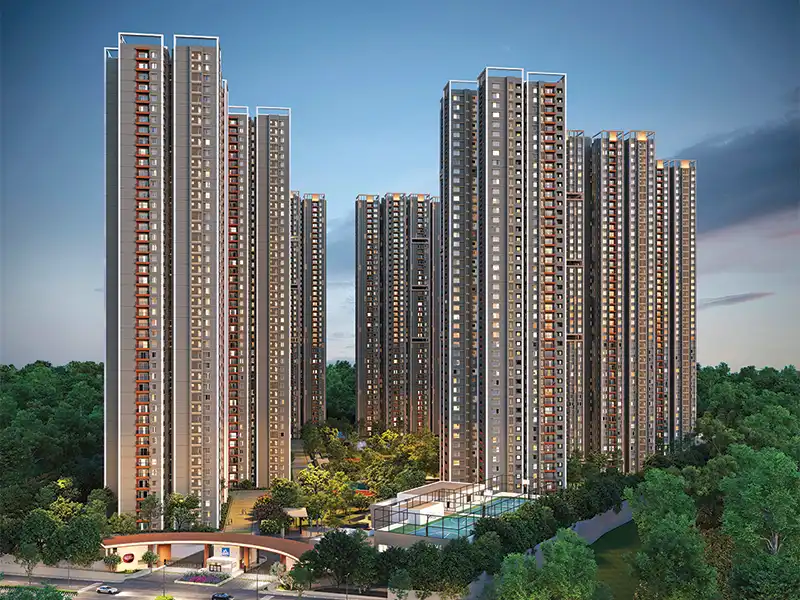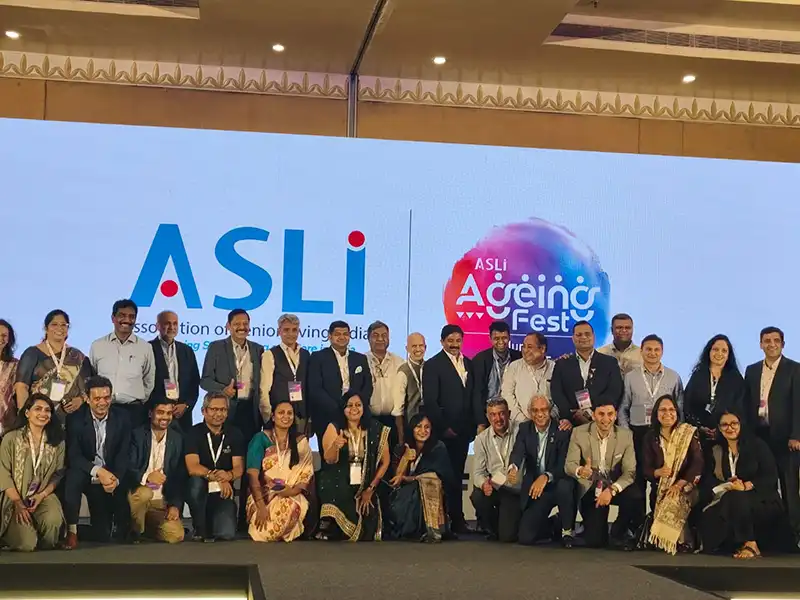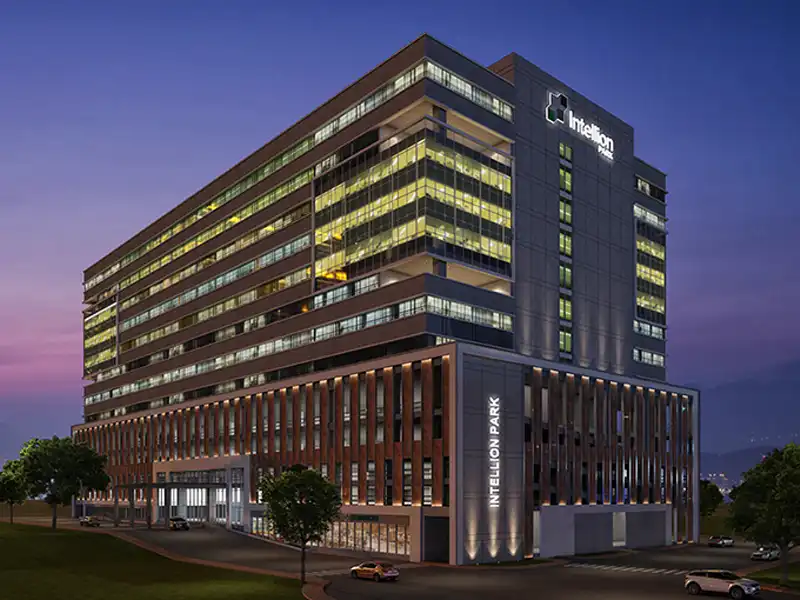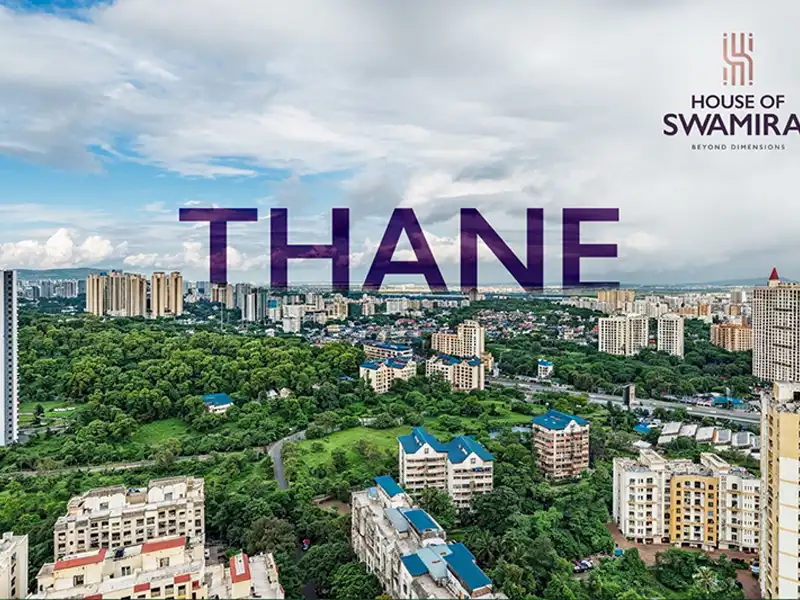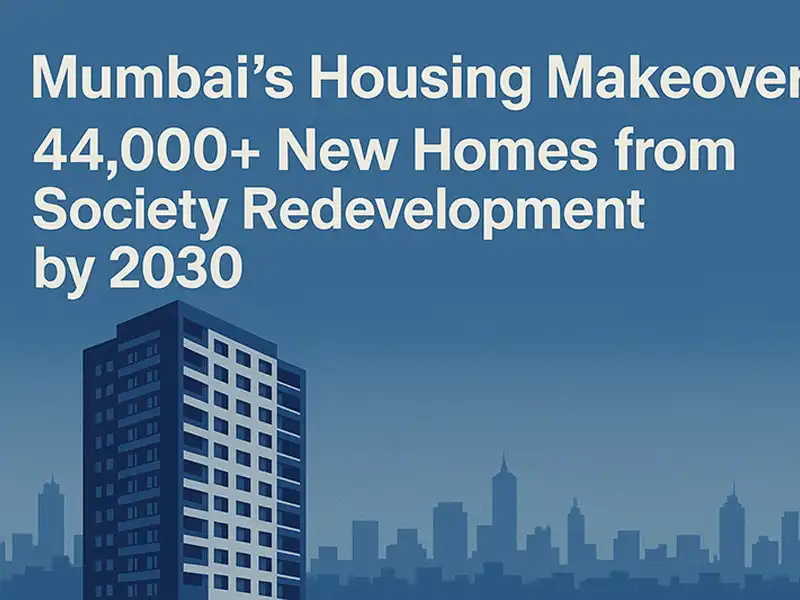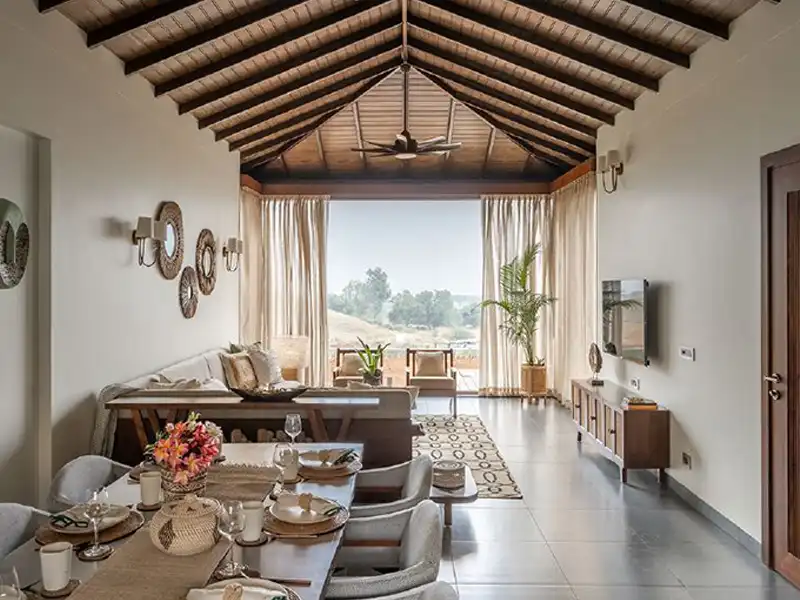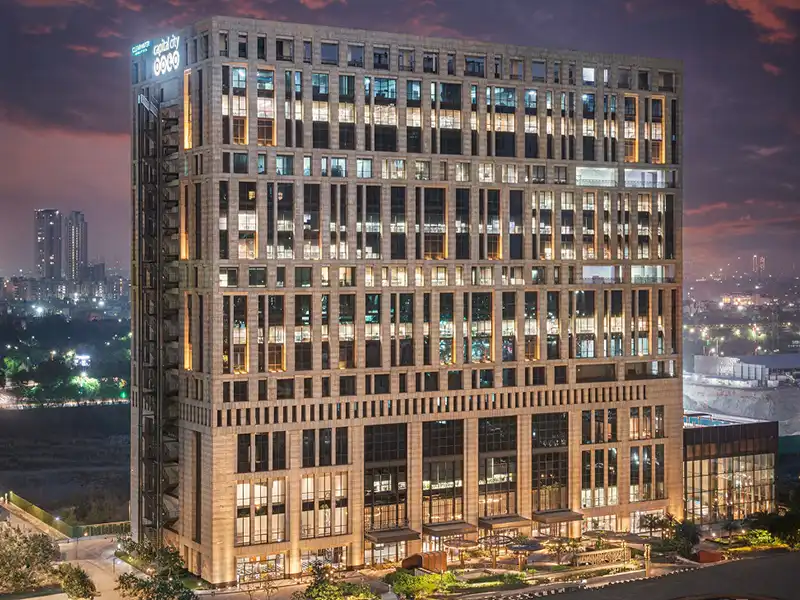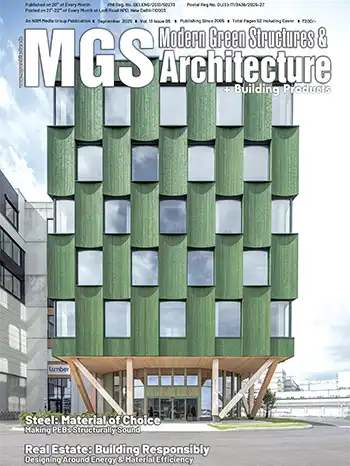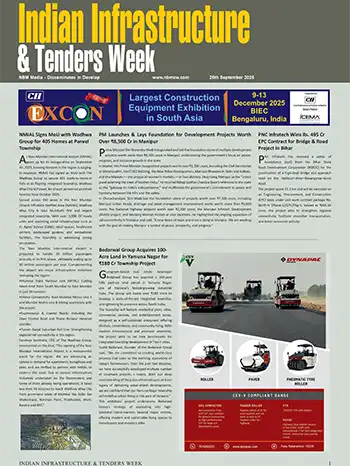Akash Pharande, Managing Director, Pharande Spaces

Urban Centers - The Worst Hit
Indian city centres face severe air pollution threat due to various reasons: congestion with high population and traffic density contribute significantly to vehicular emissions. Proximity to industrial zones with obsolete or non-existent pollution control measures worsens the air quality. The concentration of buildings and human activities in cities leads to higher temperatures - which, in turn, escalate pollution level. The absence of parks and green areas in densely populated urban regions makes natural air filtration impossible.A Shift Towards Cleaner Surroundings
Many suburban areas with lower population density and more green open spaces offer relief from urban pollution. Planned cities like Chandigarh, Navi Mumbai, and PCMC (Pimpri Chinchwad Municipal Corporation) showcase the effective separation of residential and industrial zones, improving overall air quality for all concerned.Opting for integrated township living is a wise decision amid the rapidly declining air quality in urban India. But remember that the clean environment that you get in a currently green but quickly developing suburb may not be guaranteed tomorrow. So, choose your location keeping all the aspects in mind.
Akash Pharande, Pharande Spaces
Integrated Townships – A Solution

Initiatives like rainwater harvesting and waste recycling promote eco-friendly living practices. They are effective in combating urban heat islands as development plans for townships include extensive green areas, tree-lined streets, natural or artificial water bodies, and renewable energy sources. By securing these advantages, integrated townships ensure that the area remains eco-friendly for the long term.
Tips for Prospective Home Buyers to Avoid Air Pollution Risks
With air quality playing an important role in home purchasing choices, buyers must prioritize features that ensure a clean and healthy living environment.- Begin by examining air quality data for different regions. This information is often accessible through environmental monitoring agencies or online air quality indices. Check websites that offer real-time air quality updates to evaluate current atmospheric conditions.
- When selecting locations, consider the presence of green spaces. Look for areas close to parks, reserved forests, and other open green zones. Don’t choose a home in a project too close to a highway or an industrial zone, or prone to traffic bottlenecks. Also note that elevated areas often offer better air quality because heavy pollution smog primarily settles in low-lying areas.
- Evaluate the condition of roads and public transportation as this will determine how much emissions accumulate in an area. Do internet research and check news to review the area’s infrastructure and future development plans to anticipate changes that could impact air quality.
- When checking out a home, find out if it has adequate cross-ventilation and good green home features. Energy-efficient homes typically provide better air quality thanks to their sealed and insulated environments.




